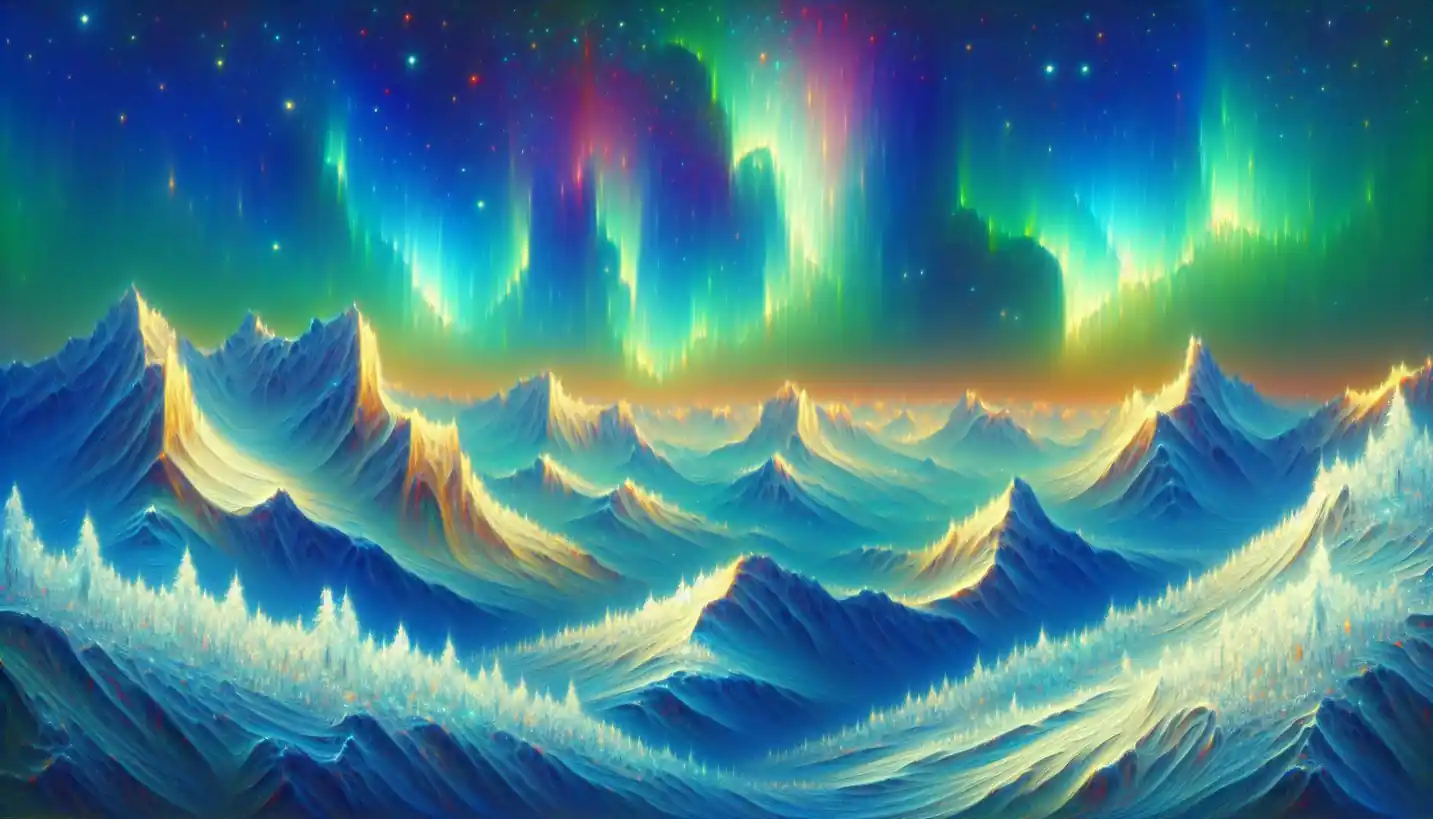· Earth Science · 5 min read
Caldera Insights: Exploring the Mighty Craters in Volcanology
Caldera forms when a volcano collapses in on itself; a geological phenomenon with powerful history and stunning implications.

When you think about volcanoes, you might picture a towering mountain spewing lava and ash. But what if I told you some of the most fascinating volcanic features are actually massive, often bowl-shaped, craters known as calderas? These mighty formations aren’t just holes in the ground; they hold secrets to Earth’s geological past and dynamic processes. Let’s dive into the captivating world of calderas and uncover their wonders.
What Exactly is a Caldera?
Picture a giant bowl, sometimes as spacious as a small city, forged from volcanic events. These are calderas—large depressions formed when a volcano erupts so explosively that the land itself collapses inward. Unlike regular craters, which form from simple eruptions, calderas involve a much larger and more complex process.
To understand how they form, imagine blowing up a balloon until it suddenly bursts. Similarly, when a volcano’s magma chamber is emptied rapidly during a colossal eruption, the ground above can no longer be supported, leading to a dramatic collapse.
Formation and Features
A caldera’s journey begins with the accumulation of magma beneath a volcano. Over time, pressure builds as more magma accumulates. When the pressure becomes too much, a massive eruption occurs, releasing a huge volume of magma. This sudden release results in the ground collapsing, creating a caldera.
Not all calderas are the same, and they often exhibit unique characteristics. Some are filled with water, forming picturesque lakes, while others remain dry, revealing a rugged landscape. The famous Yellowstone Caldera, home to incredible geothermal features like geysers and hot springs, is a well-known example in the United States.
Well-known Calderas Around the World
Calderas can be found across the globe, each telling a unique story of past eruptions. Lake Toba in Indonesia is one of the largest calderas, formed around 74,000 years ago after a massive volcanic event. Its eruption was so powerful that it influenced global climate, leading to a “volcanic winter.” Imagine how this ancient event shaped history!
Another iconic caldera is Crater Lake in Oregon, USA. Unlike its name suggests, it’s not just a crater; it’s the result of the collapse of Mount Mazama over 7,000 years ago. The stunning deep blue lake that fills it today is a testament to nature’s beauty and power.
The Role of Calderas in Earth’s Geological Drama
Calderas play a vital role in Earth’s ongoing geological story. They are windows into the planet’s fiery interior, revealing clues about volcanic activity and tectonic movements. Scientists study calderas to better understand future volcanic hazards and potential eruptions.
Moreover, the formation of calderas can reshape landscapes and influence ecosystems. Over time, these craters can evolve into fertile grounds for unique plant and animal life, contributing to biodiversity.
Calderas and Human History
Throughout history, calderas have impacted human civilization in various ways. Ancient societies often viewed these natural wonders as sacred sites, attributing spiritual significance to them. The Ancestral Puebloans, for instance, considered the Valles Caldera in New Mexico a special place, incorporating it into their cultural practices.
In modern times, calderas continue to captivate adventurers, scientists, and tourists alike. Exploring these sites offers a chance to witness nature’s raw power and the incredible forces that shape our planet.
Why Calderas Matter Today
Understanding calderas isn’t just about admiring their beauty; it’s crucial for assessing volcanic risk. Many of these formations are potential sites for future eruptions. By studying their history and behavior, scientists can develop better models to predict and prepare for volcanic events, safeguarding communities.
Calderas also highlight the interconnectedness of Earth’s systems. The eruptions that create these formations can have far-reaching effects on climate, reminding us of the delicate balance in nature.
Exploring the Future of Calderas
What mysteries will future technology unlock about calderas? Advances in satellite imagery, drones, and geophysical instruments are helping scientists map and study these formations with unprecedented detail. This research not only provides insights into Earth’s past but also informs our understanding of other celestial bodies, such as Mars, where similar features exist.
As we continue exploring these majestic craters, we are reminded of how little we truly know about the planet we call home. Calderas challenge us to dig deeper—both literally and figuratively—into Earth’s dynamic processes.
Final Thoughts
From the explosive eruptions that create them to the tranquil lakes that often fill them, calderas are powerful symbols of nature’s dual ability to destroy and create. They remind us of the Earth’s immense power, the beauty that follows destruction, and the balance required for life.
These magnificent craters connect us to both the past and the future, urging us to explore, understand, and respect the natural world. Whether you’re a seasoned geologist or a curious traveler, calderas offer a window into the incredible forces that shape our planet, inviting us all to marvel at the wonders beneath our feet.
By delving into the secrets of calderas, we not only uncover the stories of Earth’s fiery past but also prepare for what lies ahead. Who knows what new revelations the calderas of tomorrow will bring? A journey into the heart of these geological wonders is a journey into the soul of our planet—ever-changing, ever-mysterious, and endlessly fascinating.



